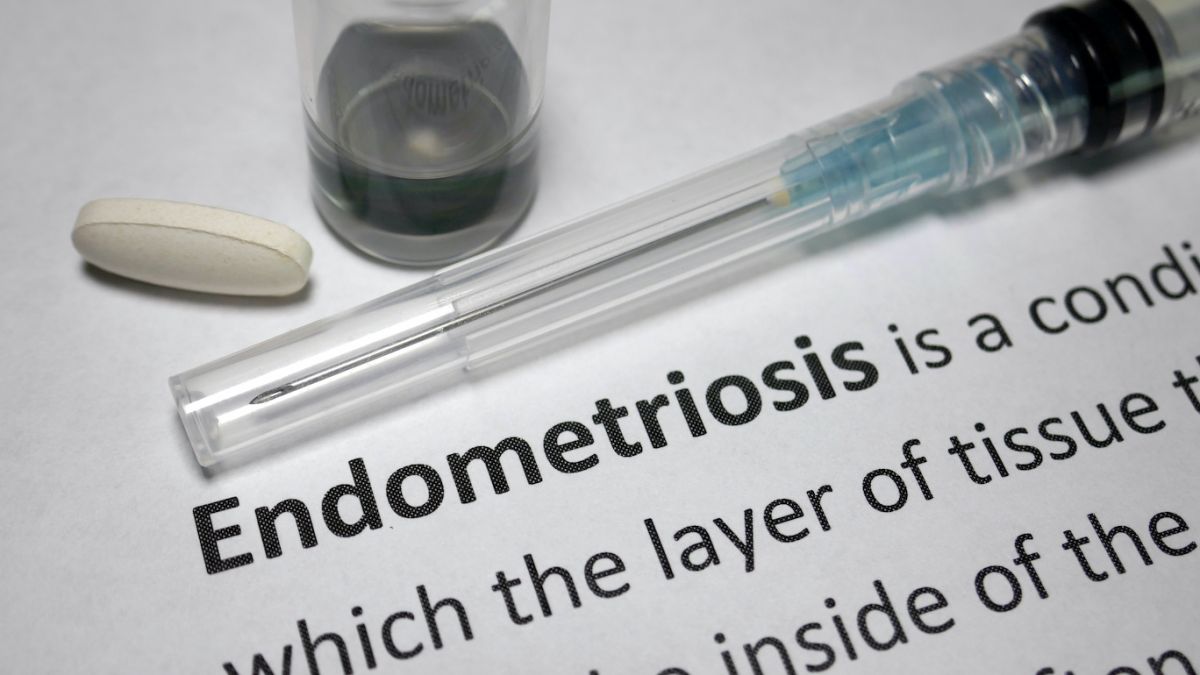
How to properly diagnose and manage endometriosis
Did you know that endometriosis (which many call “endo”) affects approximately 176 million individuals worldwide, including 7.5 million people in the U.S. and 775,000 in Canada?
Symptoms of endo begin early in life and up to 70% of teenagers that experience pelvic pain go on to be diagnosed with endometriosis later on in life. Unfortunately, to be diagnosed, a person usually must see an average of 8 doctors over the course of 10 years.
These statistics tell us that though endometriosis is an extremely common disease, historically, it has not been properly diagnosed or adequately managed. Even worse: after receiving their diagnoses, many people are provided with ineffective treatment aimed at managing symptoms, as opposed to treating the disease.
Understanding endometriosis

So what is endometriosis? The endometrium is the lining of the uterus that sheds during menstruation. Endometriosis is the presence of endometrial-like tissue that is found outside the uterus.
This condition can result in the following symptoms:
- Crippling period pain in people who menstruate
- Abdominopelvic pain at any time, often intractable and chronic (meaning 6 months or longer of non-menstrual pelvic pain)
- Bowel or urinary disorders, pain or dysfunction
- Painful intercourse, penetration or sexual activity
- Pain with tampon insertion or an inability to use tampons due to pain
It is important to recognize that endo is not just “painful periods.” Other symptoms also include:
- Infertility, pregnancy loss and a possible link to preterm births
- Possible immune-related and other comorbid disorders
- Allergies, migraines or fatigue for some, which may worsen around menses
- Coughing up blood in cases of pleural or thoracic endometriosis
- Leg and lower back pain, particularly in cases involving sciatic endometriosis
Endo accounts for a significant loss of productivity: nearly 11 hours per individual per week. It’s also the leading cause for gynecological hospitalization and hysterectomy (surgical removal of the uterus, often performed unnecessarily). Lastly, it comes with a hefty healthcare price tag: almost $119 billion annually.
How to treat endo
Despite a push for clinical diagnostic methods, the standard diagnosis for endo remains via laparoscopic surgery to confirm the presence of the disease via biopsy, which is necessary to confirm the presence of cells and facilitate treatment of the disease.
Following diagnosis, treatment must involve a multidisciplinary approach. Treatment usually begins with minimally invasive surgery, which should be performed by a highly skilled and knowledgeable surgeon. It is imperative to determine which method your surgeon will be using and understand their level of knowledge of the disease, their approach and the expected outcome. To be safe, take your time and do research.
After surgery, alternative therapies, diet and nutrition, acupuncture, physical therapy and other forms of treatments can all help you effectively manage your symptoms long term.
A public health crisis

Endometriosis is a public health crisis that requires more awareness, research, education and empathy. A call to action for early diagnosis and proper management of the disease are critical to enhance the well-being of those who are living with endometriosis.
Pelvic health physiotherapy can have a tremendously positive impact on your ability to participate in activities of daily living, helping you reach your goals. No one should ever suffer in pain due to a lack of access or education.
For further guidance, contact a Lifemark clinic near you or visit our Pelvic Health page on Lifemark.ca.



